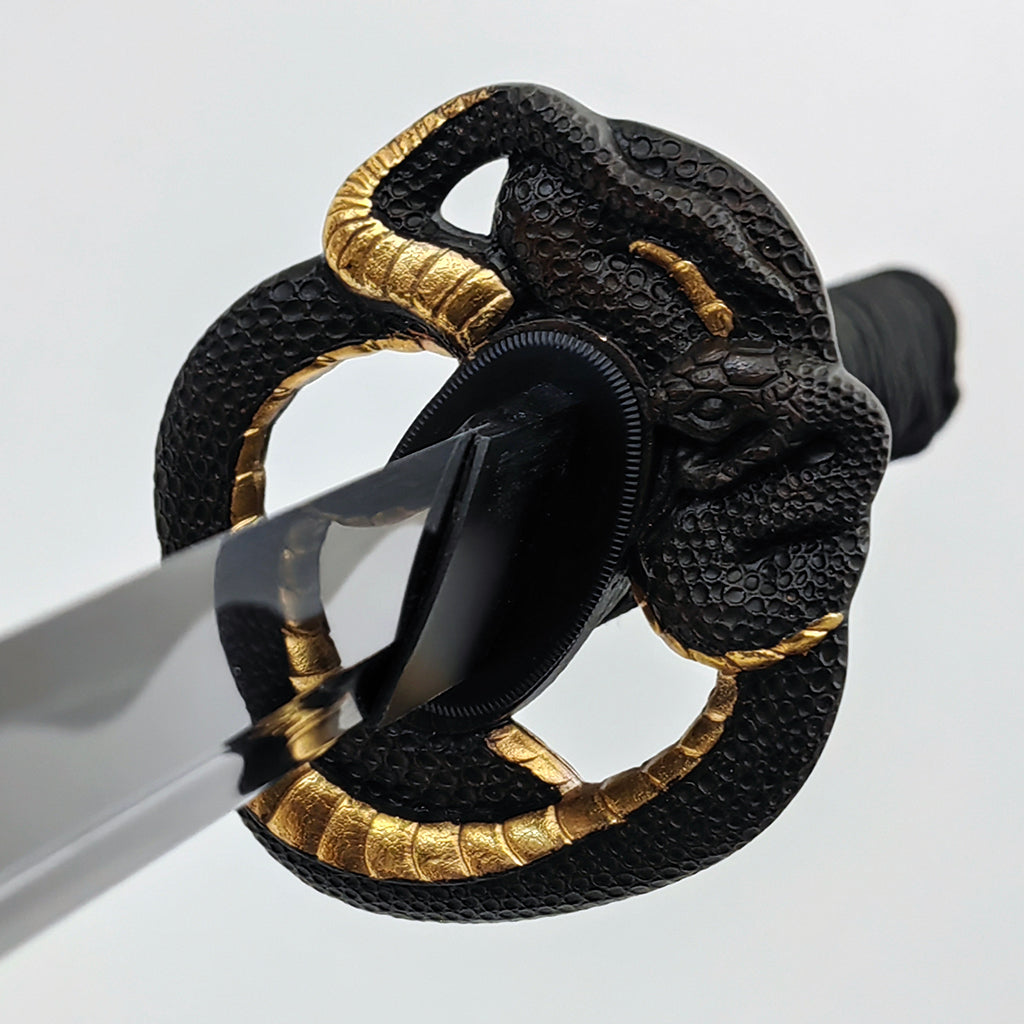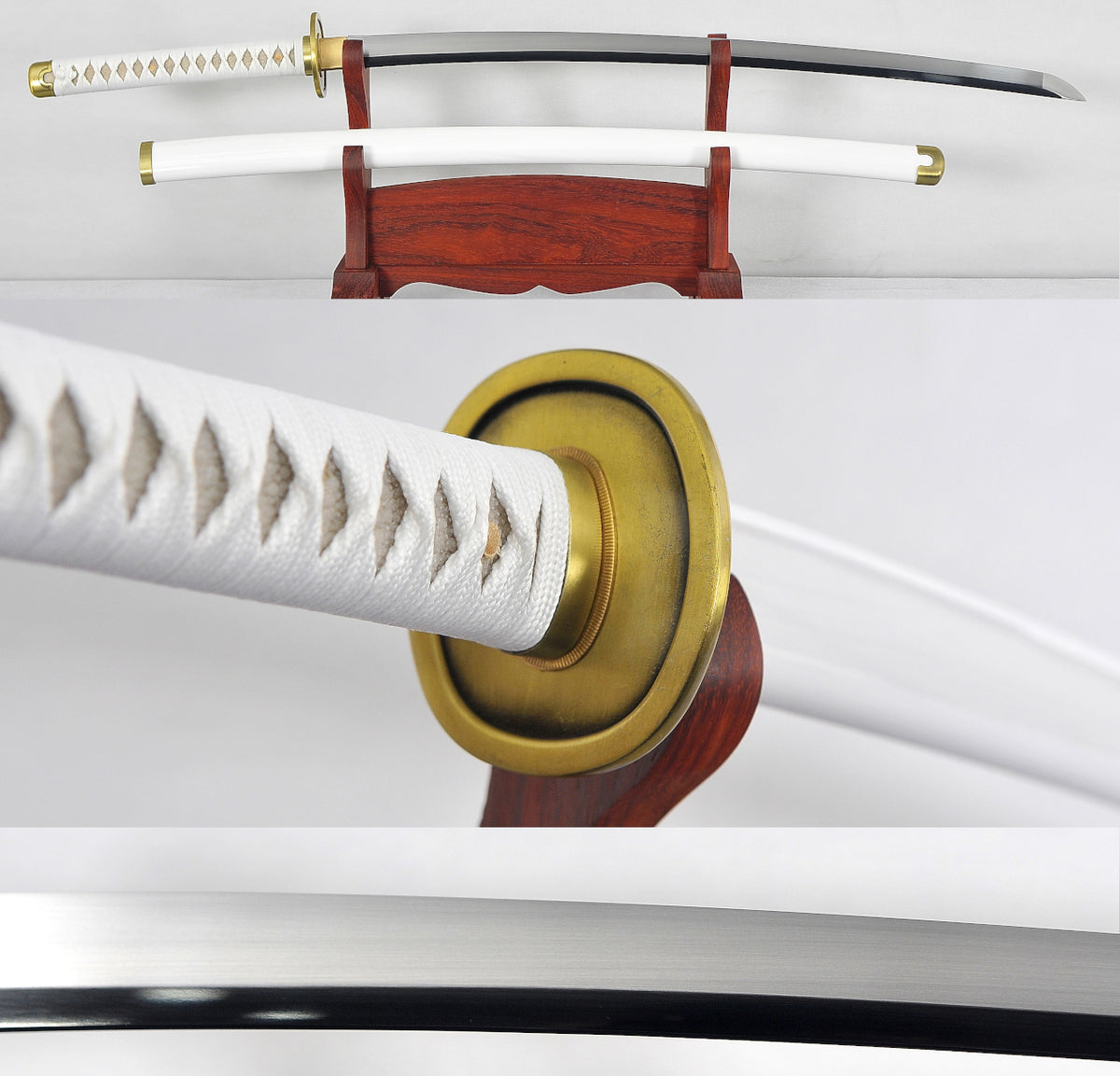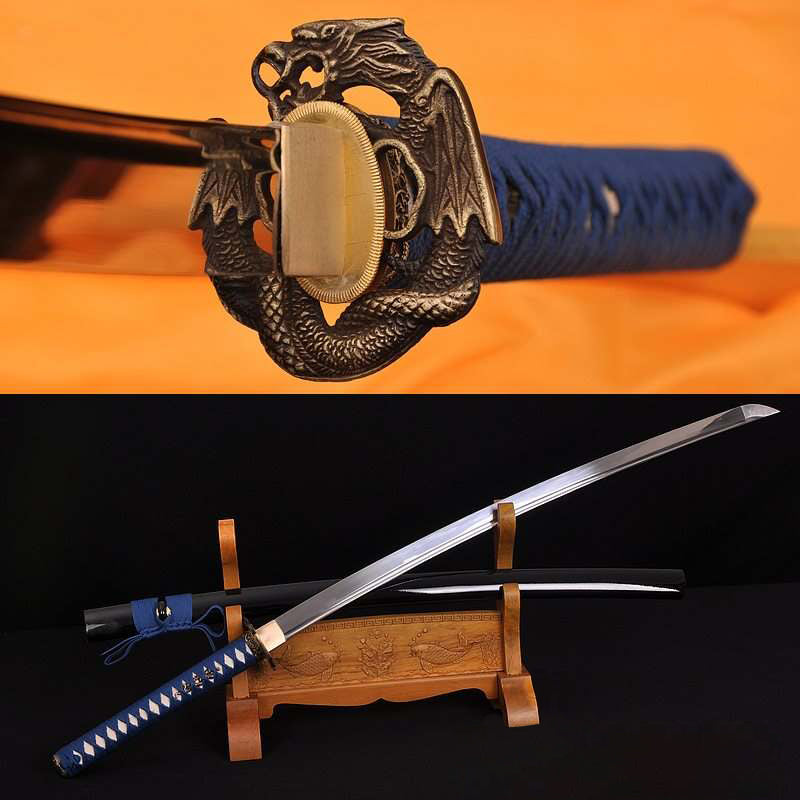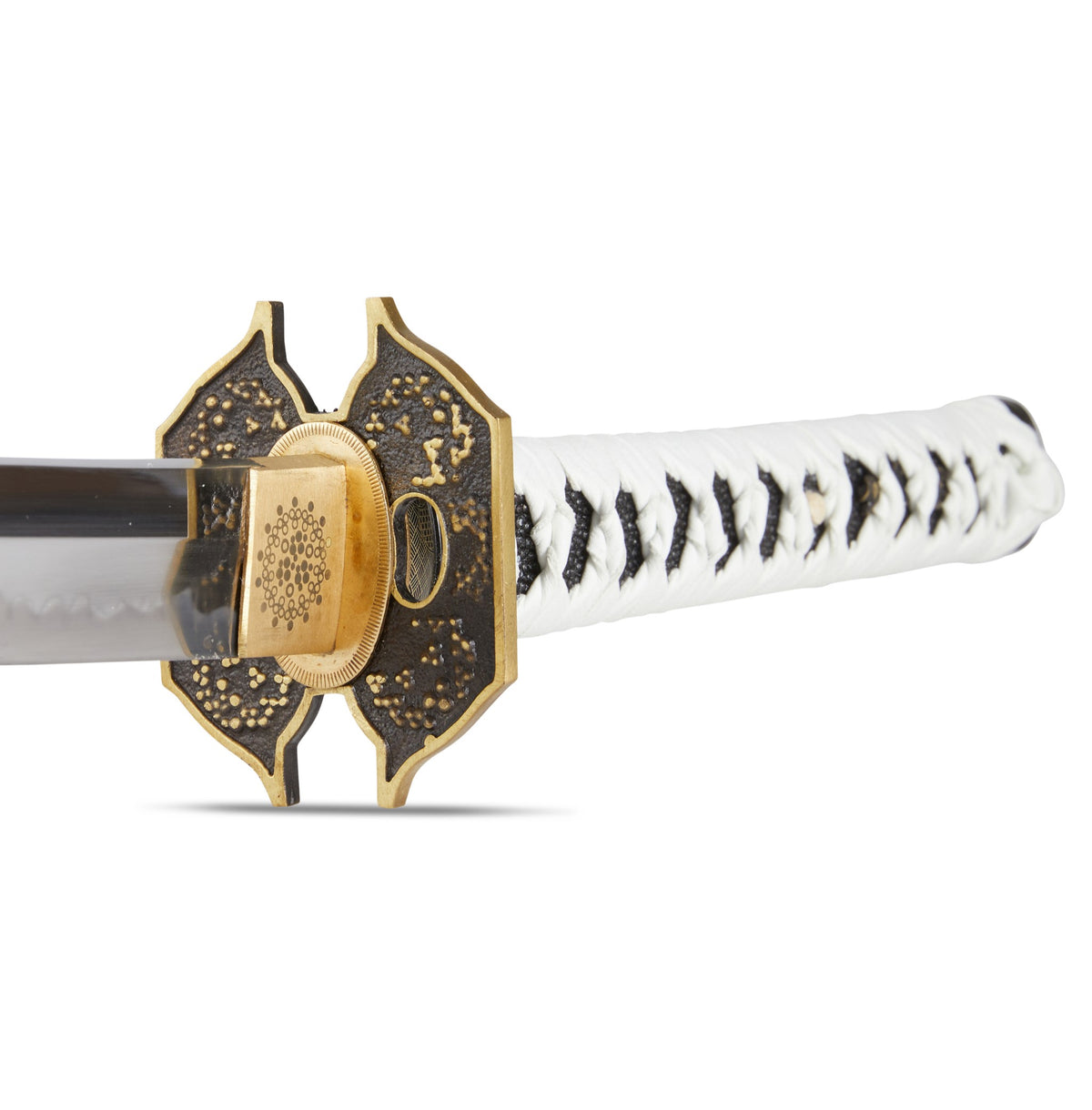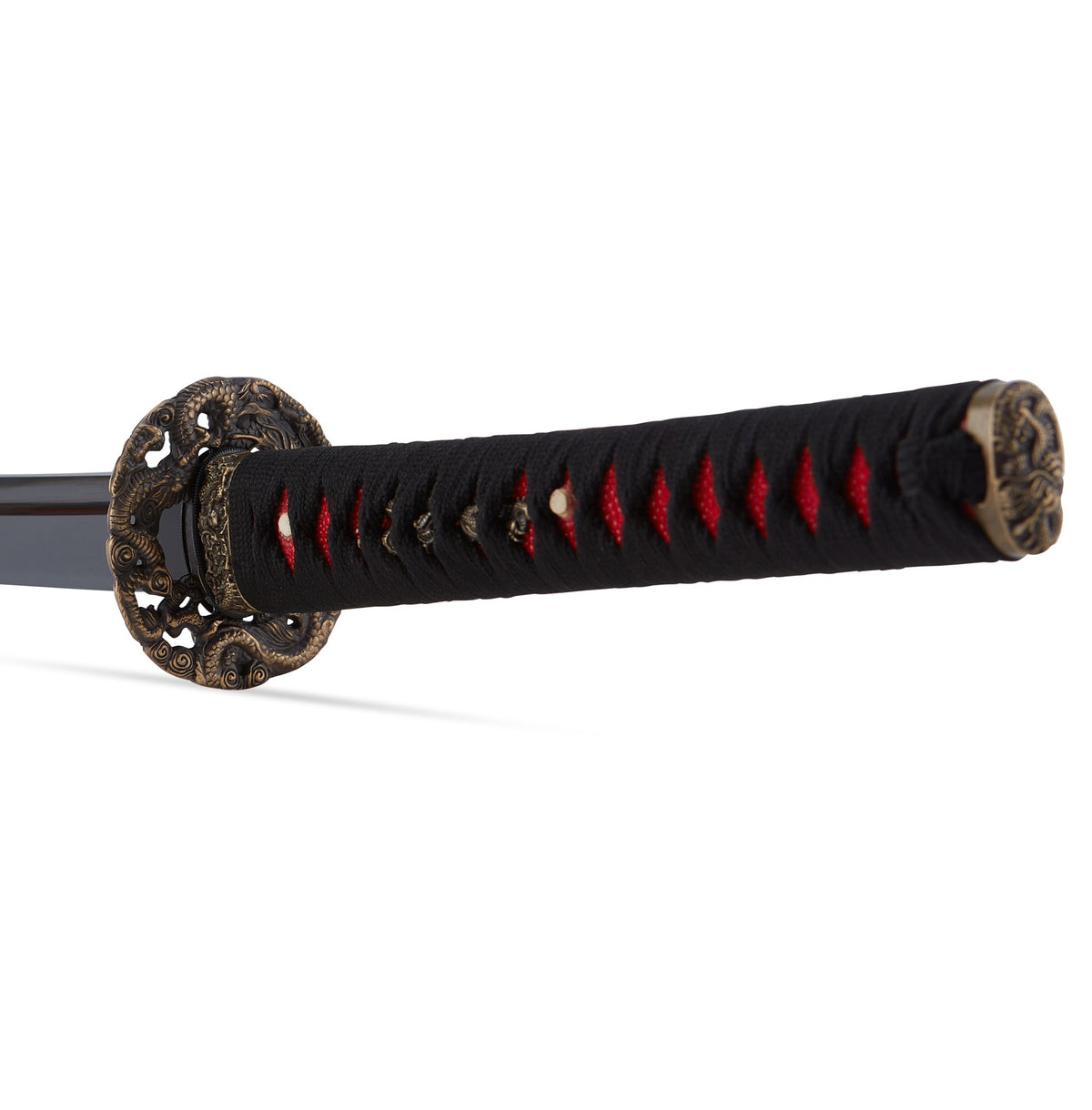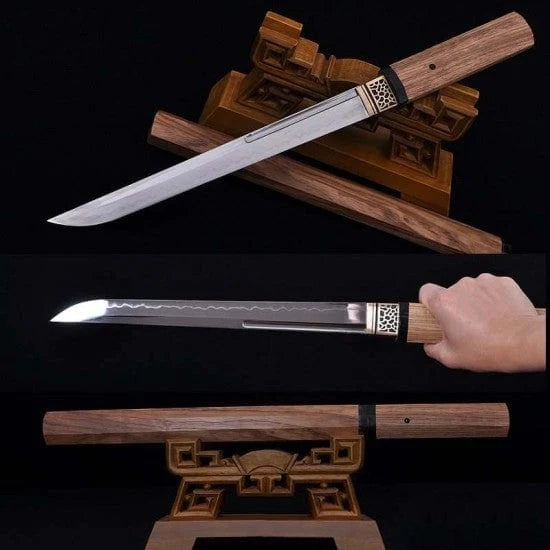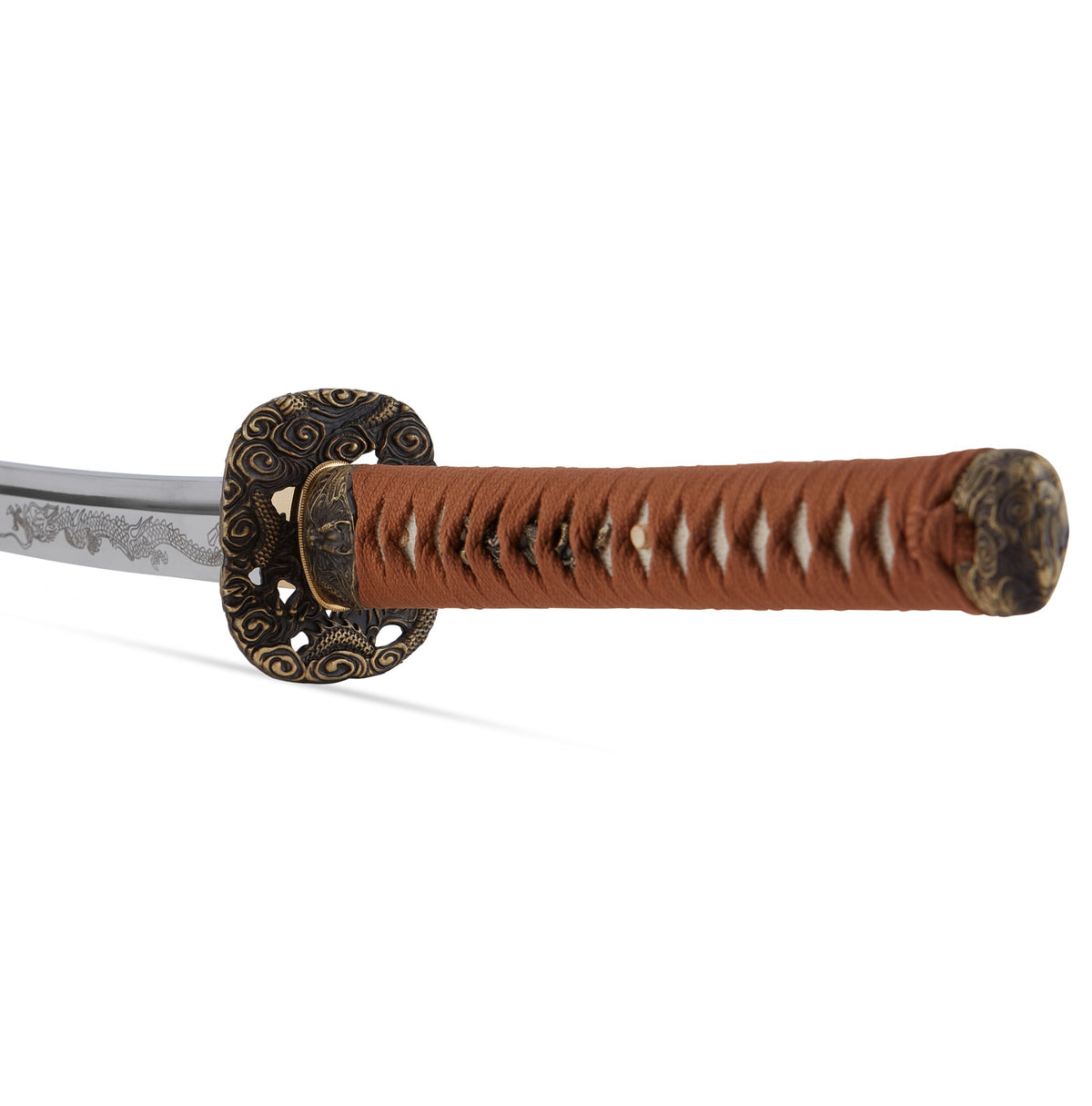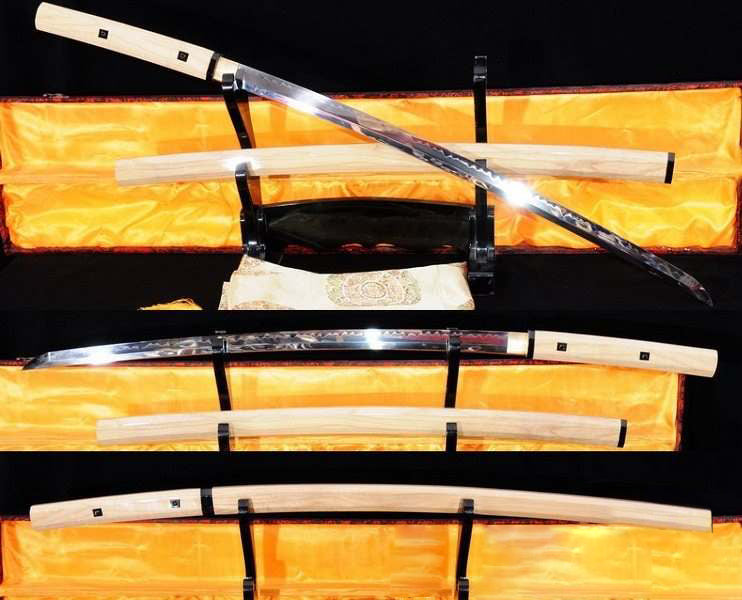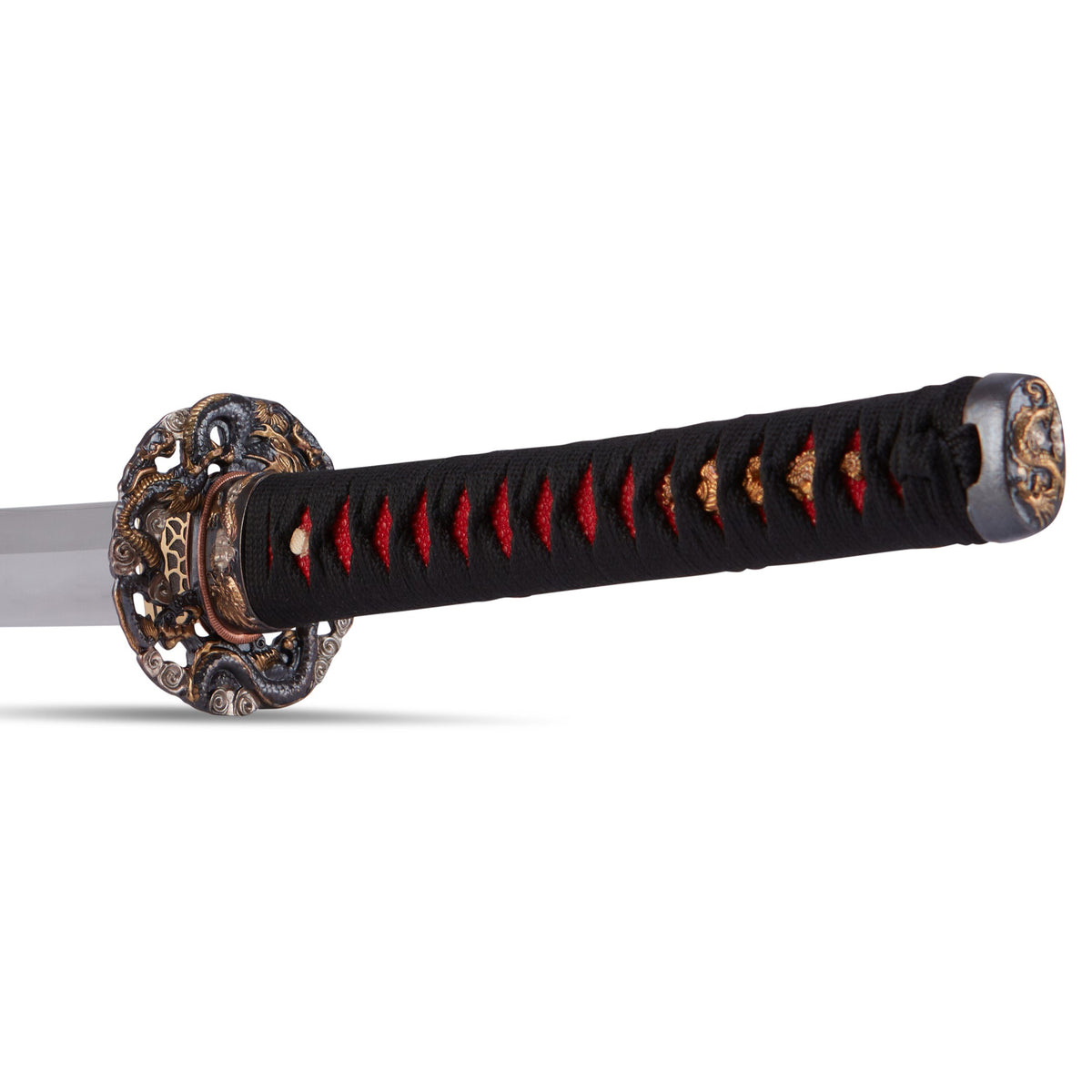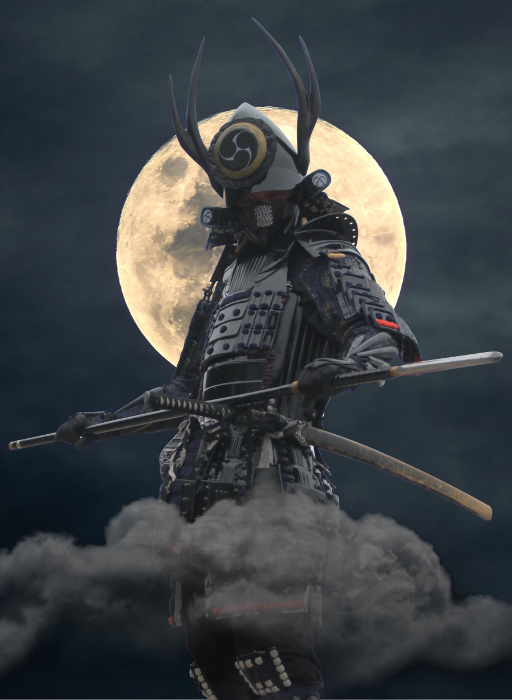Uesugi Kenshin: The Dragon to Takeda Shingen's Tiger

Ruler of the Echigo province in the Sengoku era of Japan, Uesugi Kenshin is remembered today for his prowess on the battlefield as well as for his administrative skills which served to grow local industries and trade, making for significant rise in the standard of living for Echigo’s civilians. He would become greatly interested in Bishamonten, one of the Gods of War in Japanese mythology, and many would see him as the living embodiment of the deity. Kenshin was also referred to as the ‘Dragon of Echigo’ because of his devastating skills in martial arts, which he would often demonstrate on the battlefield as he cut through his foes. This is in contrast to his legendary rival, Takeda Shingen, who was known as The ‘Tiger of Kai’. In some versions of Chinese mythology, the Dragon and Tiger have always been bitter enemies, who try to defeat one another, but neither is able to achieve this goal. Both Kenshin and Shingen showed great interest in Chinese culture, and were likely aware of the mythology, probably seeing themselves as the embodiment of both Dragon and Tiger. Both men would encounter each other several times at the battle of Kawanakajima, but more on that later on.
Kenshin was born Nagao Kagetora, and was either the third or fourth son of the notable warrior Nagao Tamekage. It was during a hostile time where Kagetora had gained renown through military victories for his clan, however it was around this time also that the warrior monks known as the Ikko-Ikki grew in political power and the region of Echigo began to shift in their favor. Seeking to quell the Ikko uprising, Kenshin’s father gathered up an army and marched to intercept them. However, he was suddenly slain in battle, and so led to a race between his sons to take his place. Nagao Harukage, the oldest son, would make a bid for control and succeed in his claim. Kenshin however, was removed from the conflict and relocated to Rinsen-ji temple, where he spent the next seven years until he was fourteen, studying martial arts and zen. When he was fourteen, Kenshin was contacted by his father’s old acquaintances who urged him to go back to Echigo and contest his brother’s rule. It would seem that Harukage was not an effective leader, though this was likely due to having poor health. It’s said that at first, Kenshin did not wish to go to war against his own brother, but was eventually convinced that if he did not, that the province of Echigo would crumble under Harukage’s rule.

Rinsen-ji Temple
A year later when he was fifteen, he was placed in joint command of Tochio Castle where he made a reputation for himself by defending against rebels who were plotting on the Uesugi. By 1548, Kenshin was successful in taking control away from his brother, and was soon leader of the clan himself. Though unlike the family killing we’re used to seeing in the Sengoku era, Kenshin spared his brother’s life, being unwilling to kill him in the first place. Harukage recognized his younger brother’s potential, and so stepped down on his own accord, handing over all titles and authority. Though Harukage would actually die just five years later in 1553. By nineteen years of age, Kenshin was set to start his rule of the Echigo province, but due to his youth, much of the province remained independent of his authority. Seeking to cement his power, Kenshin agreed to take in Uesugi Norimasa, a Daimyo of the clan who’d been forced to flee there due to the expansion of the Hojo clan. Kenshin agreed to give Norimasa shelter, but only under the condition that he was granted the official title of the Lord of Echigo. However, this condition would only take Kenshin so far. He would be recognized as one of the true leaders of the Uesugi clan, but he was still short of being the leader of the Echigo province. Furthermore, there was a more pressing matter at hand that presented itself in the form of two lords of the Shinano province in dire need of help.
These two lords brought some terrifying information to the attention of Uesugi Kenshin. There was a powerful warlord out there who was taking over territories, dominating armies with his expertise, and advancing on his enemies with a larger-than-life force. His name was Takeda Shingen, and he was coming pretty close to the Echigo province. What took place in the years after was an explosive rivalry, one that many considered to be legendary. In their first conflict, Kenshin and Shingen were very conscious when encountering one another, and only committed to small amounts of pressure on the other in minor skirmishes. But over the years, these skirmishes would grow more violent, and in the end, there would be a total of five engagements between the two, at the famous Battle of Kawanakajima in 1553 to 1564.

The Dragon of Echigo vs The Tiger of Kai
It wasn’t until the fourth battle that Kenshin and Shingen actually faced one another. Kenshin had proved to be a crafty warlord and was able to apply a tactic that nearly brought the Shingen forces to it’s knees. The soldiers in the front-line of Kenshin’s army would switch out with the ones in the rear, allowing them to take a break, while the rested soldiers from the rear who were eager for action were brought forward. During this engagement, a famous fight that’s often remembered in Japanese history took place, where Kenshin rode up to Shingen on the battlefield and slashed at him with his sword. Shingen fended off the blows with his signature iron war fan. The encounter couldn’t have lasted for more than a minute before Kenshin was driven off by Shingen’s men. Shingen was able to assemble his forces through a counter-attack against Kenshin, and was able to drive Kenshin into retreat. The window of the battle though still remained undecided, as the number of losses on both sides were said to not be enough to defeat either army. Kenshin might have withdrawn, but he did not surrender the land in which they battled on. Many scholars consider it to be a draw, once again linking back to Chinese mythology, where the Dragon and Tiger fight for eternity, neither one of them ever defeating the other. Scholars also consider this to have been the biggest battle of the Sengoku era.
In an interesting side-note, Shingen’s Kai province was at one point denied salt by the Hojo, who had boycotted the supplies. When Kenshin heard of this problem, he actually sent Shingen’s salt from his own province, stating that he did not wish to fight with salt but with the sword. Such respect for Shingen is pretty evident later on as well, when Shingen eventually died. It’s said that Kenshin privately wept for him, stating that he had lost a good rival and that he would not have the opportunity to fight another warrior like him. Kenshin would also have a few other adventures during his conflict with Shingen. He would lead 5,000 men to pay homage to the Shogun in Kyoto, elevating his reputation as a cultured leader as well as a warlord. He would also begin to advance on the Hojo clan under the encouragement of Uesugi Norimasa who he protected from the Hojo clan earlier on. Kenshin was successful in taking a number of castles from them. He would later show an interest in the Etchu province in the west, and would spend a considerable amount of his life involved in the politics there. Two feuding clans known as the Jinbo clan and the Shiina clan inhabited the Etchu province and were feuding for ownership over it. Kenshin sought to mediate the conflict in the early 1500s, but he later sided with the Shiina to absorb the Jinbo clan. Decades later though, Kenshin actually turned on the Shiina clan, taking their main castle for himself in 1575. He also had their leader assassinated, giving Kenshin full control over the Etchu province. In 1576, Kenshin began to consider the big elephant in the Sengoku era, Oda Nobunaga, who’d become Japan’s most powerful warlord of the time. With both Shingen and the Hojo clan out of the picture, Kenshin was no longer blocked in terms of expansion. He was quick to take over the Noto province when a lord there died, and this put him in a good position to threaten Nobunaga and his allies.

Oda Nobunaga
Nobunaga noticed the threat almost immediately and marched 50,000 troops to meet Kenshin. Kenshin was only able to muster up 30,000 troops, however he created an alliance with the warrior monks of the Ikko-Ikki, as well as forming an unexpected alliance with the Shingen clan, under Takeda’s son, Katsuyori. Despite their overwhelming difference in numbers, Kenshin was able to score a victory on the field, repelling Nobunaga’s forces. He then pretended to move a small unit to attack Nobunaga’s forces from behind, seeking to bait Nobunaga’s men into believing that this was in fact a full-blown assault. Taking the bait, Nobunaga defeated the small unit with ease, and by nightfall, had moved on to attack what he believed what was left of Kenshin’s army. Expecting to find them in a weakened state, Nobunaga was shocked to find the full force of Kenshin’s men, ready and waiting. Furthermore, Kenshin also opened up the floodgates, submerging the terrain in water and rendering it useless for Nobunaga’s cannons, horses, and various siege engines. Repulsed by the current and compromised terrain, Nobunaga ordered a retreat. This goes to show how sharp Uesugi Kenshini was, that he was able to outsmart Oda Nobunaga of all people, and despite the smaller force, send him into retreat, a feat not many can claim to have done. Interestingly enough, the tactic in which Kenshin used to bait Nobunaga was actually a tactic quite commonly used by the late Takeda Shingen.
In October 1577, Kenshin, who was now pretty confident in facing Nobunaga having already outsmarted him once, was putting together a grand army. Katsuyori was now backing Kenshin, and so Tiger and Dragon now stood on the same side, truly a force to be reckoned with. Although on the way to battle in 1578, Kenshin was held up by illness and died of cancer. The cause of his death however has since been disputed throughout the years. The theory that is generally accepted is that his health had deteriorated over time, and that this has been documented long before his actual death. Kenshin was said to commonly complain about pain in the chest, and that he had problems with his stomach in the days leading up to his death.

Uesugi Kenshin's tombstone at Rinsen-ji temple
Another theory is that Kenshin was assassinated by a ninja, possibly employed by Nobunaga himself. This ninja was said to have been waiting in the cesspool beneath the latrine at Kenshin’s camp with a short spear or sword in hand. It does seem unlikely though that this was the case, as in a poem that was penned by Kenshin, he seems to be aware that his death is imminent, however it could also be the case that the ninja fatally wounded Kenshin even though he was already dying. Kenshin’s last poem read “Even a life long prosperity is but one cup of sake, a life of forty-nine years is passed in a dream. I know not what life is, nor death. Year in, year out, all but a dream. Both Heaven and Hell are left behind. I stand in the moon-lit dawn, free from the clouds of attachment.”
Best Sellers
- Regular Price
- from $199.99
- Sale Price
- from $199.99
- Regular Price
-
- Unit Price
- per
- Regular Price
- from $299.00
- Sale Price
- from $299.00
- Regular Price
-
- Unit Price
- per
- Regular Price
- from $199.00
- Sale Price
- from $199.00
- Regular Price
-
$0.00
- Unit Price
- per
- Regular Price
- from $619.00
- Sale Price
- from $619.00
- Regular Price
-
- Unit Price
- per
- Regular Price
- from $319.00
- Sale Price
- from $319.00
- Regular Price
-
- Unit Price
- per
- Regular Price
- from $249.00
- Sale Price
- from $249.00
- Regular Price
-
- Unit Price
- per
- Regular Price
- from $339.00
- Sale Price
- from $339.00
- Regular Price
-
- Unit Price
- per
- Regular Price
- from $219.00
- Sale Price
- from $219.00
- Regular Price
-
- Unit Price
- per
- Regular Price
- from $364.00
- Sale Price
- from $364.00
- Regular Price
-
- Unit Price
- per
- Regular Price
- from $519.00
- Sale Price
- from $519.00
- Regular Price
-
- Unit Price
- per
